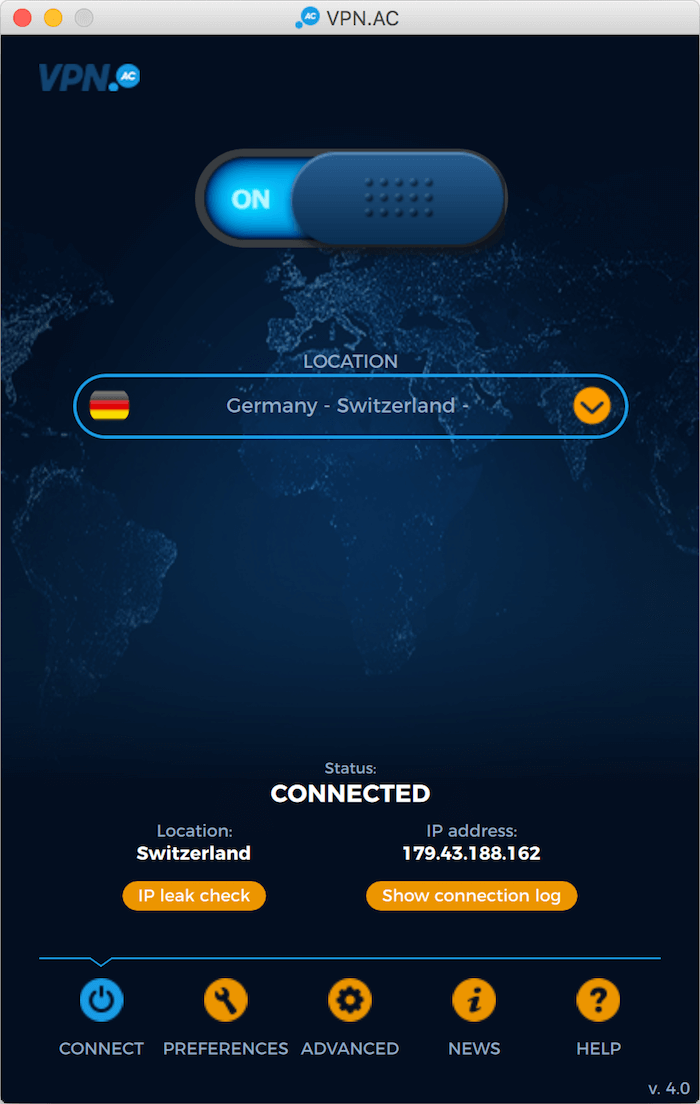Vpn Client Configuration For Mac
Posted By admin On 30.12.18We've been using Azure's built-in VNet/VPN solution, with a combination of both point-to-site and site-to-site connections, and so far it's worked reasonably well. But our company is very - very - distributed, and we need to grant some remote OS X clients access to resources inside our Azure VNet. And of course, despite it being one of the top requests on UserVoice, MS doesn't support any non-Windows client in their Point-to-Site VPN configuration. So I'm left looking for other options. One possibility, of course, would be to configure each of the remote home offices with, say, a Dell Sonicwall, and configure that Sonicwall with a Site-to-Site VPN connection.

But that gets expensive and complicated, and still doesn't allow them to, say, connect to the VPN if they're on the road or at a coffee shop. Torrent client for mac. So I've been looking into some of the VPN solutions that show up on the Azure marketplace - for instance, VNS3 from Cohesive, or SohaCloud, or pfSense, or whatever.
If you are the administrator of your Access Server, you can create new user accounts using the admin web interface of the Access Server or the external authentication backend you have configured, and then use those credentials to obtain and install the OpenVPN Connect Client on macOS. Cisco AnyConnect is the recommended VPN client for Mac. The built-in VPN client for Mac is another option but is more likely to suffer from disconnects. Overview Stanford's VPN allows you to connect to Stanford's network as if you were on campus, making access to restricted services possible.
Sonicwall Vpn Client Configuration
The problem is that these all seem to be focused on the (much more complex) Site-to-Site configuration style - at least, that's what all their documentation seems to be pointing to (for instance, ). And all I want is a really simple Point-to-Site configuration. What's my best (meaning simplest) option here? I'm no network guy, and I start feeling out of my depth (and like I'm headed down a rathole) whenever I start trying to translate the documentation into my particular scenario. I certainly can't be the only person who's had to figure out how to let OS X clients into an Azure VNet - what's the recommended approach here?
You have two workarounds: • Install a Windows Server on the Azure and connect it to the VNET. You may use it as a jumpbox to access the resource on the VNET. Note: Windows Server only allow 2 users login at same time. If you need to let more than 2 users to connect to the jumpbox, you need to install the RDS services and purchase the. • Install a VPN server on Azure and let your clients connect to the VPN server. Note: You need to enable the NAT on the VPN server, because the IP addresses of the VPN clients are not registered in Azure and are un-routable.

Free Vpn Client For Mac
Every VPN client should use the VPN server's internal IP address as the source address when it tries to access the resource in VNET.